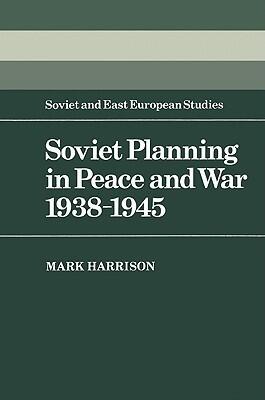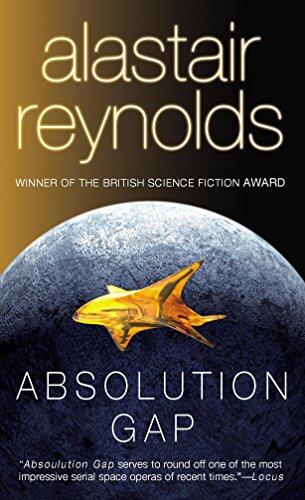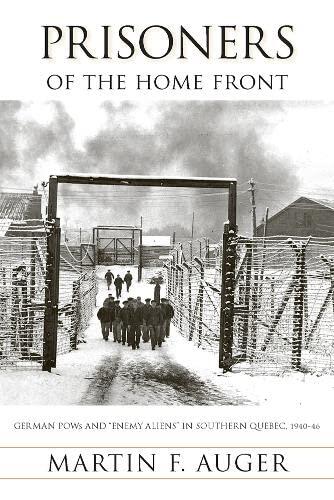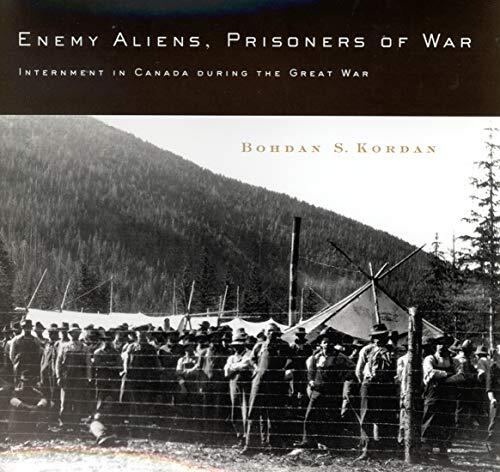
Soviet Planning in Peace and War, 1938–1945
por
Mark Harrison
Aún sin calificaciones
Action & Adventure
Formato
Tapa blanda
Páginas
332
Idioma
Inglés
Publicado
Jul 18, 2002
Editorial
Cambridge University Press
ISBN-10
0521529379
ISBN-13
9780521529372
Descripción
Mark Harrison delves deep into the intricate relationship between wartime pressures and Soviet economic planning from 1938 to 1945. The narrative illustrates how the impending threat of conflict forced a transformation in the Soviet Union's approach to resource allocation and management. Set against the backdrop of a rapidly changing political landscape, the book examines both the challenges and adaptations the Soviet system underwent during this tumultuous period.
Through detailed analysis, Harrison explores how World War II not only impacted military strategies but also redefined economic priorities and state control. He highlights the innovative measures devised by Soviet planners to address the immediate needs of war and the long-term ramifications these decisions had on the economy. The author's meticulous research sheds light on the complexities and efficiencies that emerged from the chaos of conflict.
Additionally, the book provides insight into the ideological underpinnings that guided Soviet leaders, illustrating how their vision for the economy was shaped by both necessity and ideology. As wartime exigencies prompted a reevaluation of existing systems, readers are invited to understand the dual nature of planning: a response to crisis and a reflection of broader economic ambitions.
In exploring this pivotal era, Harrison's work contributes significantly to the understanding of Soviet economic policy, offering a nuanced perspective on how war influenced not just military outcomes, but the very structure of the Soviet economy itself.
Through detailed analysis, Harrison explores how World War II not only impacted military strategies but also redefined economic priorities and state control. He highlights the innovative measures devised by Soviet planners to address the immediate needs of war and the long-term ramifications these decisions had on the economy. The author's meticulous research sheds light on the complexities and efficiencies that emerged from the chaos of conflict.
Additionally, the book provides insight into the ideological underpinnings that guided Soviet leaders, illustrating how their vision for the economy was shaped by both necessity and ideology. As wartime exigencies prompted a reevaluation of existing systems, readers are invited to understand the dual nature of planning: a response to crisis and a reflection of broader economic ambitions.
In exploring this pivotal era, Harrison's work contributes significantly to the understanding of Soviet economic policy, offering a nuanced perspective on how war influenced not just military outcomes, but the very structure of the Soviet economy itself.
Reseñas
No hay reseñas aún
Sé el primero en reseñar este libro y compartir tus pensamientos
Añadir Primera ReseñaRegistro de lectura
No se encontraron registros de lectura
Empieza a rastrear tu progreso de lectura para ver los registros aquí
Agrega tu primer registro de lecturaNotas
Registro de transacciones
No se encontraron registros de transacciones
Empieza a rastrear tus transacciones de libros para ver los registros aquí
Agrega tu primer registro de transacciones


















